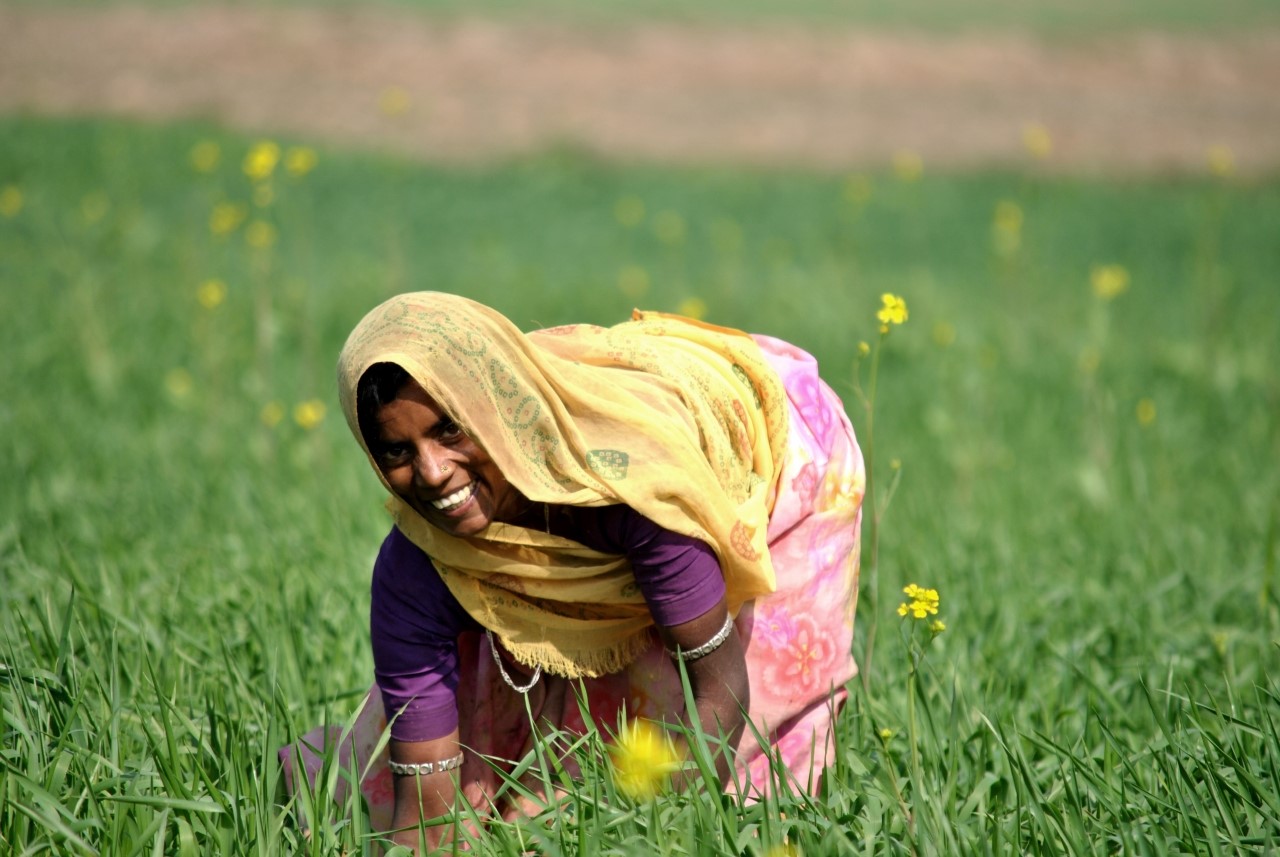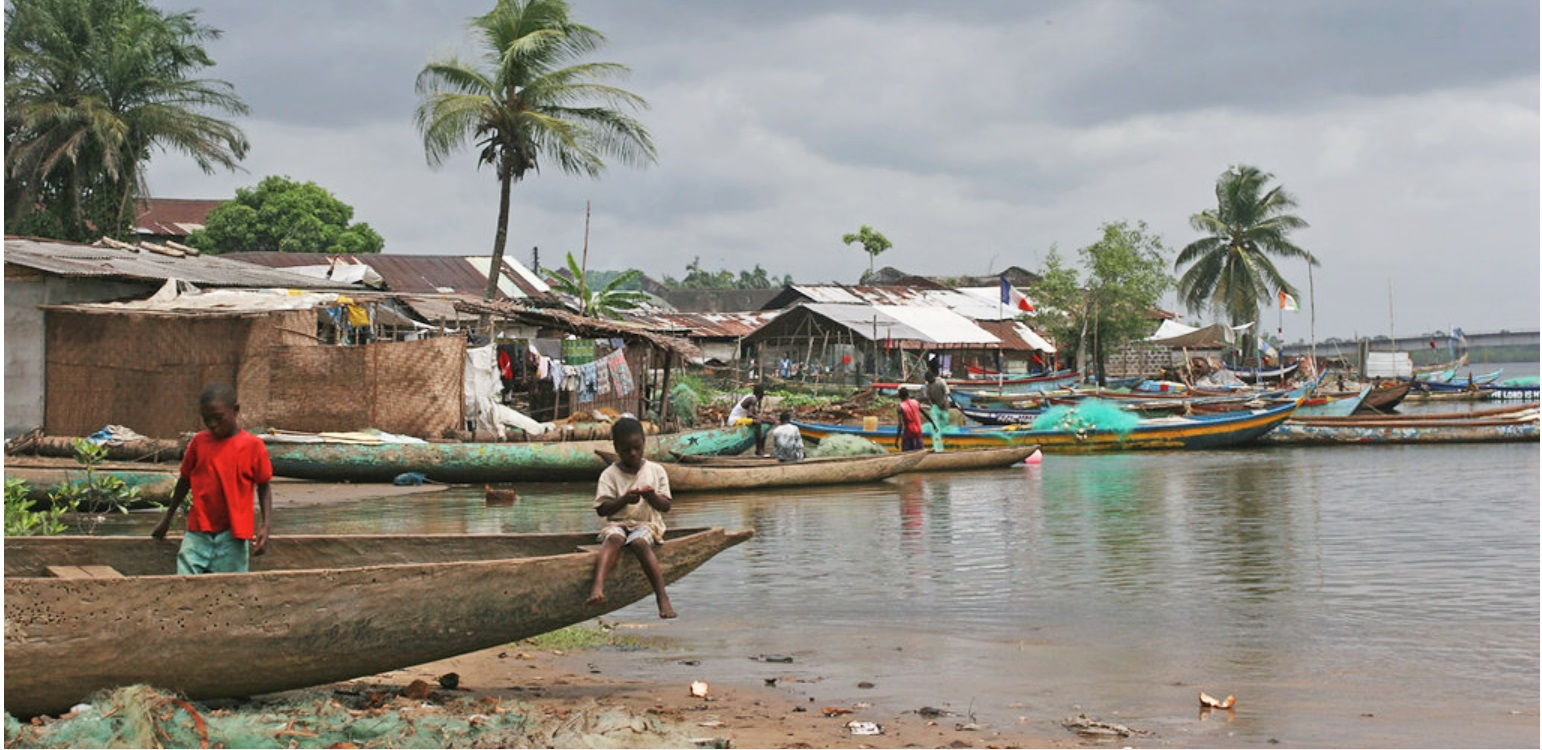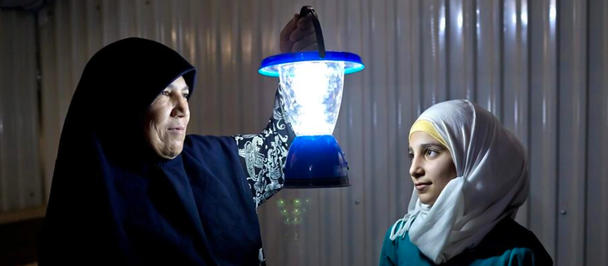Powerhouse for strong adaptation systems: Monitoring, evaluation and learning
April 13, 2023

Robust monitoring and evaluation systems are critical to ensure that climate adaptation measures work for people.
At the beginning of this year, the World Meteorological Organization delivered a fresh warning to us all: the last eight years have been the hottest on record. Just last week, in the final instalment of its Sixth Assessment Report, the Intergovernmental Panel on Climate Change confirmed, we are now 1.1°C above pre-industrial levels.
These are more than mere headlines. The devastating impacts of a warming planet are unfolding all around us. Climate and weather-related disasters have increased by a factor of five in just half a century. Our seas are higher and warmer than they’ve ever been. Communities, economies, and ecosystems worldwide are being hit full force.
Some island states, on examining the data, are taking the dramatic step of preparing localized plans for relocation. Fiji, for example, has come up with a plan to relocate at least 45 coastal villages.
Watching and learning to build resilience
When it comes to adapting to climate change, scientific data is extremely powerful.
Taken together with socio-economic data about communities and people, it equips governments at national and local levels with the evidence they need to plan, invest, and otherwise make good decisions. It also provides local planners and communities with information to make risk-informed decisions while confronting an uncertain future.
The data collected on changes in our environment is a core piece of the puzzle. But another critical piece is looking at how we are responding – and whether it’s effective. In development jargon, we know this as “monitoring and evaluation”, or M&E.
At a basic level, M&E involves looking at adaptation measures and assessing their effectiveness, impact, efficiency and sustainability and the extent to which they have fulfilled specific objectives (for example, reducing vulnerability, increasing resilience, or increasing adaptive capacity).
But it is so much more. We would be wasting the information collected, if we didn’t also use it for learning – that is, applying it, and sharing it, for us to improve what we do.
Bridging gaps, building resilience
For governments, establishing a robust M&E system, one which reaches right down to the local level, can help inform the development of projects, sectors, and even bridge communication gaps between government bodies. All towards the ultimate goal of building resilience.
Governments around the world are taking on this challenge and are steadily progressing, and, indeed, there are some good examples among the countries UNDP works with. Take the Democratic Republic of the Congo, which, despite battling ongoing conflict, political upheaval and instability, has established a clear framework for the monitoring and evaluation of adaptation (including monitoring indicators, means of verification, the institutions responsible, as well as objectives with measurable activities) and is now tracking climate change-related projects across the country.
Or Bosnia and Herzegovina, which has established standard operating procedures for the flow of climate data between sectors (for example, between the ministries for water, agriculture and health) and across levels of government (from the national to down to the local), while also improving overall tracking to inform periodic adjustments to the country’s adaptation strategy. In a country comprised of two highly autonomous entities with a complicated governance structure, this sharing of information, let alone monitoring of progress, is quite a feat.
Or Liberia, which despite being one of the world’s poorest countries, has developed a 10-year National Adaptation Plan and is currently working on a framework of a national MEL system. A Climate Change Knowledge Sharing Platform, accessible to ministries and the public, houses up-to-date hydromet data and resources such as climate risk assessments, economic assessments, and climatic projections for key economic sectors.
There are also some inspirational government-led efforts in countries such as Samoa and the Philippines to draw on traditional and indigenous knowledge. Countries such as Viet Nam and Armenia are also making great progress in developing systems for better monitoring, evaluation and learning.
Of course, there is also a very important local dimension to all this. Access to public information, through M&E, is crucial for supporting local actors in their efforts to learn, find what works, and to implement effective locally-led adaptation.
We see countries such as Bangladesh, Ecuador, and Bhutan making a start in this direction through the establishment of adaptation knowledge platforms.

After assessing its coastline, Liberia installed 1,025 metres of seawalls in the most vulnerable areas, creating a long-term defence mechanism for coastal erosion.
More investment needed
Monitoring and evaluating our adaptation efforts is not easy (how, for example, do you measure reduced vulnerability, especially when you lack baseline data, as many developing countries do?) It requires purposive and continuous effort, and it involves a multitude of stakeholders. Furthermore, there is no single one-size-fits-all.
But it is essential. Armed with knowledge about what does and doesn’t work, we – from policymakers to private sector investors to local actors – can do better. With evidence on what works, and the broadscale benefits for development, we can make the case for much needed further investment.
Countries with limited resources will find it challenging to scale-up their systems for adaptation M&E and learning. The good news is, there are existing reporting mechanisms – for example under the Sustainable Development Goals, Sendai Framework for Disaster Risk Reduction, and Nationally Determined Contributions – off which we can piggyback. The ongoing Glasgow-Sharm el Sheikh work programme on the global goal for adaptation provides an entry point for countries to discuss the ways they can improve their national systems further.
In doing so, we can promote coherence and minimize the burden on already-constrained national capacities. We can also establish a more integrated, holistic picture of climate-resilient development.
It is promising to see more and more countries establishing robust monitoring, evaluation and learning processes, enshrining them in their National Adaptation Plans and Nationally Determined Contributions. The systems are fundamental to accountability, transparency, and evidence-based planning. But crucially, they are also the key to doing adaptation better.
As of 2022, UNDP provides multi-year in-country support to 50 developing countries and least developed countries (LDCs) across all regions, and provides implementation support to 35 countries with the advancement of their National Adaptation Plan projects, funded by the Green Climate Fund’s Readiness Window Programme.
Want to learn more? Read the Policy Brief ‘Adaptation monitoring and the importance of the Glasgow Sharm el Sheikh programme in building national systems’ (May 2022), here.

 Locations
Locations




